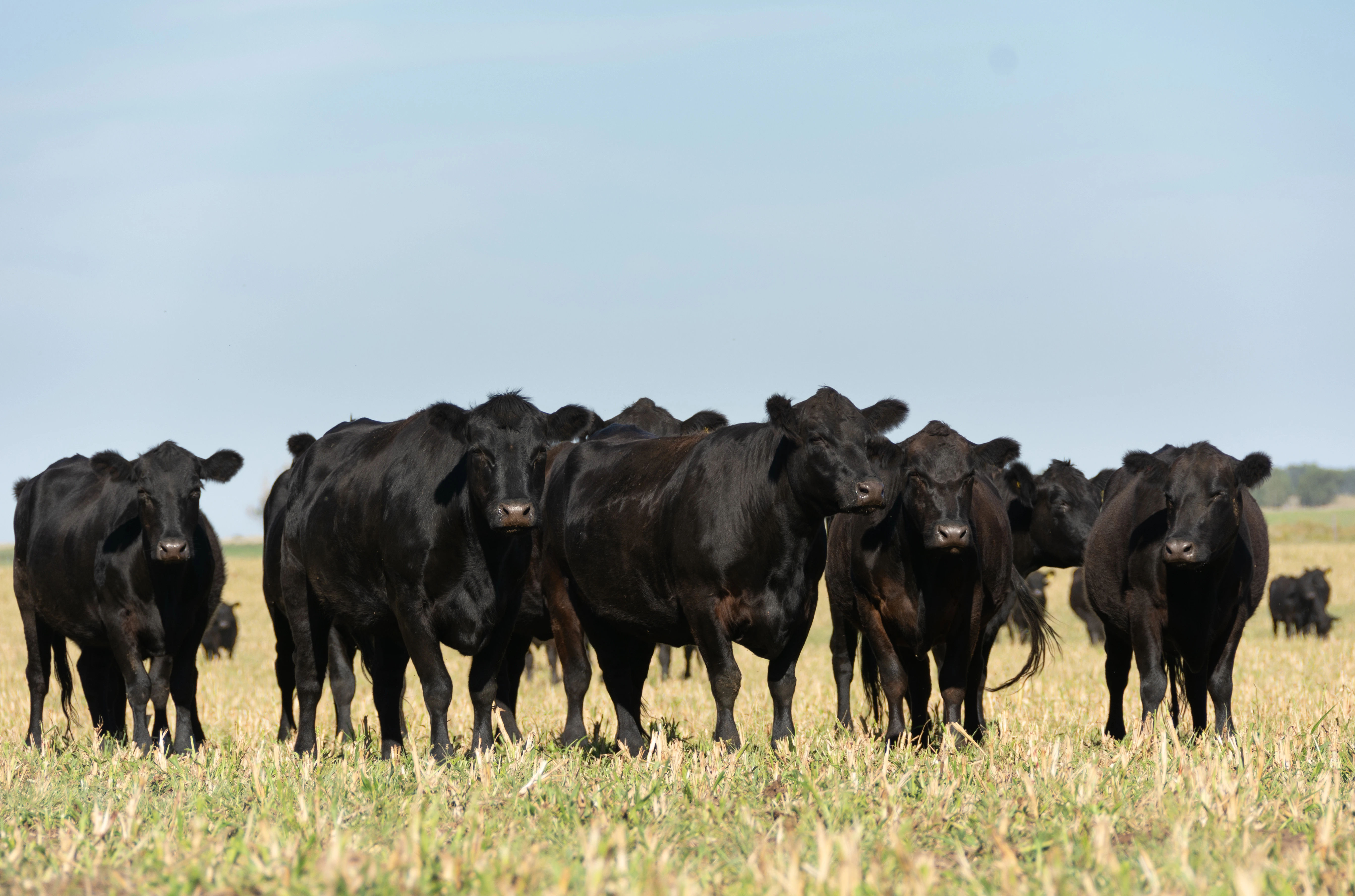
By Amy Stuart, DVM
The availability of genomic testing has dramatically changed the way we look at dairy breeding decisions and replacement creation and selection.
While genomics data offers myriad benefits and possibilities, the most challenging part of using the technology can be determining the best fit for you operation. With the potential to
screen literally thousands of traits and data points, developing a genomics plan can truly be overwhelming.
Many herds have successfully incorporated genomics using the following strategies:

1) Work your way up the reproduction ladder:
It’s best to embrace genomics as the “cherry on top” of a total reproductive program. If there’s still progress to be made in the herd in terms of fine-tuning synchronization protocols and increasing genomic selection through artificial insemination, those details should be covered first. Then, as herds become more adept at utilizing tools like sexed semen and selective breeding to beef sires, genomics information becomes a natural and helpful extension to those strategies.
2) Customize your sampling system:
The mechanics of how you actually genomically sample animals and process that data are critical to maximizing the investment in genomics technology and making the system work for your herd. Don’t assume that you must collect samples from newborn animals. That works well for some herds. They may submit blood samples for genomics at the same time they test for total proteins, or take a second ear notch while they are collecting BVD-screening samples. But it also might make sense to delay sampling until after weaning -- at the same time you administer Bang’s vaccinations, for example -- if you don’t have a market for preweaned cull calves. At that later stage, some herds also shave down their sample size by skipping testing of animals that will be culled anyway due to phenotypic assessment and/or health reasons.
3) Rely on genomics indices:
Genomics providers have established composite indices that prioritize key traits and bundle them into a single score. Examples include the Holstein Association’s Net Merit Index; and the Dairy Wellness Profit Index (DWP$ ® ) from Zoetis. The Net Merit Index is a compilation of 39 traits that range from udder composition and feet and leg scores to conception rates and residual feed intake. It also includes sub-indices for calving and health traits. The Dairy Wellness Profit Index focuses on traits related to Quality Production, Fertility, Precision Nutrition, Antibiotic Stewardship, and Animal Welfare. It is available for both Holsteins and Jerseys. If you’re looking to focus on a more specific management area, there also are more targeted indices available, like Lameness, Wellness Traits, and Calf Wellness.
4) Adjust culling and sorting criteria for your herd:
How you utilize index data depends on your current herd goals, and not just a pre-established number. For example, you may have read that every heifer below a DWP$ score of 625 should be culled, or that a similar cut-off should be used to identify dams to be bred to beef semen. But if you’re trying to grow your herd or have experienced a period of unusually high culling in the milking string, such “blanket” judgements could leave you with too few replacement heifers down the road. So, it’s important to assess heifer inventory needs periodically, and adjust genomics-based decisions accordingly to accommodate your herd’s specific situation and future needs.
The widespread availability of genomics data has opened a vast new world of possibilities in terms of selection intensity and targeted genetic progress on dairies. When all the other breeding pieces are in place and information is managed carefully and strategically, genomics can create a path to rapidly accelerated genetic progress in individual herds, and the country’s total dairy herd population as well.








